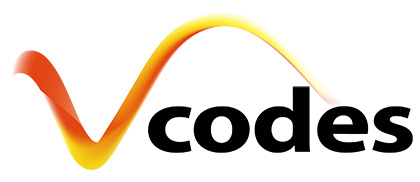Adaptive Bitrate (ABR) encoding is a technique that allows video streaming services to deliver high-quality video content to a variety of devices and network conditions. ABR encoding involves encoding the same video at multiple bitrates and resolutions, and then dynamically switching between them based on the available bandwidth and device capabilities. This way, the video quality can be adapted to the changing network conditions and user preferences, while minimizing buffering and rebuffering events.
However, ABR encoding also poses some challenges for video encoding efficiency and quality. Encoding the same video at multiple bitrates and resolutions requires more computational resources and storage space than encoding it at a single bitrate and resolution. Moreover, encoding the same video at different resolutions may introduce inconsistencies and artifacts in the video quality, especially at scene or shot boundaries, where there may be sudden changes in motion or complexity.
To address these challenges, Encoder Boundary Points (EBPs) are a technique that can improve the efficiency and quality of ABR encoding workflows. EBPs are points in the video stream that mark the boundaries of Group of Pictures (GOPs), which are sequences of frames that are encoded together. EBPs can be used to align the GOPs across different bitrates and resolutions, so that each GOP starts and ends at the same frame position in the video stream. This way, the encoder can reuse some information from one bitrate or resolution to another, reducing the encoding time and complexity. Moreover, EBPs can also be used to align the GOPs with scene or shot boundaries, so that each GOP contains frames from the same scene or shot. This way, the encoder can optimize the encoding parameters for each scene or shot, improving the video quality and consistency.
EBPs can be implemented in different ways, depending on the encoder design and configuration. One possible implementation is to use a fast analysis pass on the source video to detect scene or shot boundaries, and then insert EBPs at those positions. Another possible implementation is to use a content-aware encoder that can dynamically adjust the GOP size and structure based on the content characteristics, and then insert EBPs at the end of each GOP. In either case, EBPs can be signaled in the encoded bitstream using special syntax elements or metadata.
EBPs have several benefits for ABR encoding workflows. First, they can reduce the overall encoding time and complexity by enabling parallel and multi-rate encoding techniques. Parallel encoding means that different bitrates or resolutions can be encoded simultaneously by different encoder instances or threads, without waiting for each other. Multi-rate encoding means that one bitrate or resolution can be encoded first, and then used as a reference for encoding other bitrates or resolutions, without re-encoding the whole video. Both techniques can leverage EBPs to synchronize and share information across different bitrates or resolutions.
Second, they can improve the video quality and consistency by enabling content-aware and multi-resolution encoding techniques. Content-aware encoding means that the encoder can adjust the encoding parameters (such as quantization, mode decision, rate control, etc.) based on the content characteristics (such as motion, complexity, texture, etc.) of each scene or shot. Multi-resolution encoding means that the encoder can use different spatial resolutions for different scenes or shots, depending on their perceptual importance or visual saliency. Both techniques can leverage EBPs to segment and optimize each scene or shot separately.
In conclusion, EBPs are a technique that can enhance ABR encoding workflows by aligning GOPs across different bitrates and resolutions, and by aligning GOPs with scene or shot boundaries. EBPs can enable various encoding techniques that can improve the efficiency and quality of ABR encoding.


